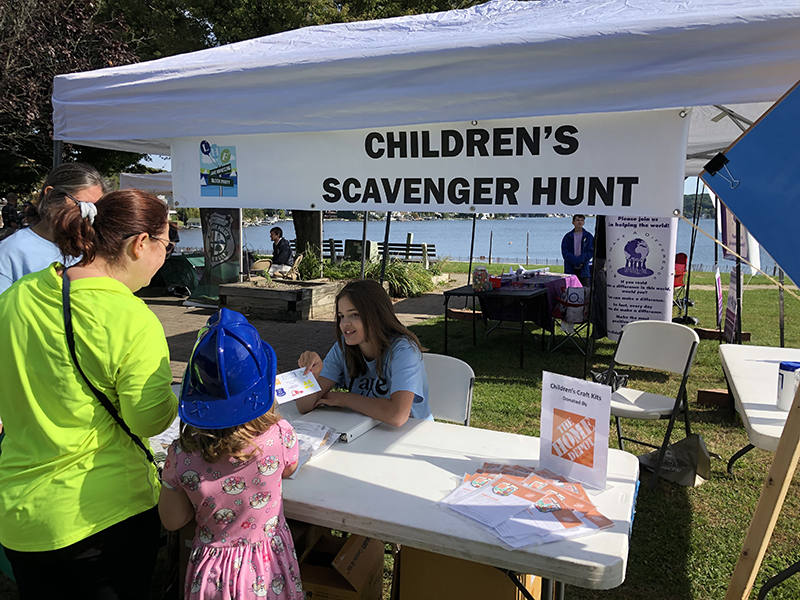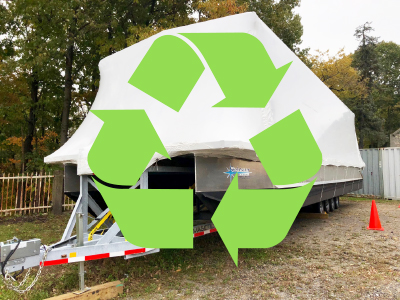
September 02, 2021| Community, Environment, Safety
By: Holly Odgers
Lake Hopatcong is the largest freshwater body in New Jersey. Originally two separate lakes known as Great Pond, which stretched between just north of Nolan's Point and Point Pleasant, and Little Pond, a small body of water in the area we know today as Woodport or Lake Forest, the lake was first dammed in the 1750s and was raised two additional times to reach the lake we know today in the 1840s.
The dam at Hopatcong State Park is still used today to control the level and outflow of the lake, releasing water from Lake Hopatcong into the Musconetcong River. Under agreements reached at the time the Morris Canal was abolished, there must be a minimal outflow to maintain the Musconetcong River and watershed.
The New Jersey Department of Environmental Protection (NJDEP) funds the operation and maintenance of gages on Lake Hopatcong at the outflow into the Musconetcong River (the dam at Hopatcong State Park) through an agreement with the U.S. Geological Survey (USGS).
The USGS links below provide real-time data on the lake level, outflow into the Musconetcong River, and precipitation.
The water level on Lake Hopatcong determines when there is a no-wake restriction on the lake, based on Lake Hopatcong boating regulations.
In accordance with the state's boating regulations set forth in the New Jersey Administrative Code, a no-wake condition occurs on Lake Hopatcong when the water level "reaches the Extreme High Water Level (Elevation 924.20 feet) or when the gauge at the dam in Hopatcong State Park reads 9.5'." The wake restriction is removed when the water recedes below 9.5'
Yes! If you would like to be alerted by text or email when the water level exceeds 9.5 feet (or any level you choose), go to the U.S. Geological Survey (USGS) lake level gage site. Click "Subscribe to WaterAlert" beneath the graph. Enter your information, with desired parameters, into the form and make sure to confirm the email sent after you click submit.
“No wake” means vessels are expected to travel at the slowest speed possible while still maintaining steerage to minimize wake.
The no-wake restriction when the water level exceeds the 9.5’ high-water mark, goes into effect to prevent property damage. When vessels travel at high speeds, they create wakes. These wakes become rolling waves that make their way to the shoreline where they can potentially damage docks, boats, and property
Law enforcement on Lake Hopatcong enforces all boating regulations.
Hopatcong State Park personnel, through the NJDEP Division of Parks and Forestry, manage the lake level as outlined in the 2011 Lake Hopatcong Water Level Management Plan. Annual precipitation also affects the raising or lowering of the lake.
The goal of the Lake Hopatcong Water Level Management Plan is to “protect the environmental health and the natural and scenic resources of Lake Hopatcong/Musconetcong River System, maximize recreational opportunities, minimize the potential for damage to property and waterfront structures, while maintaining the minimum flow requirements necessary to protect downstream uses, including but not necessarily limited to: aquatic biota, historic resources, and water quality.”

March 28, 2025
Community, Events, Recreation

March 25, 2025
Environment, Events

March 24, 2025
Community, Environment, Events